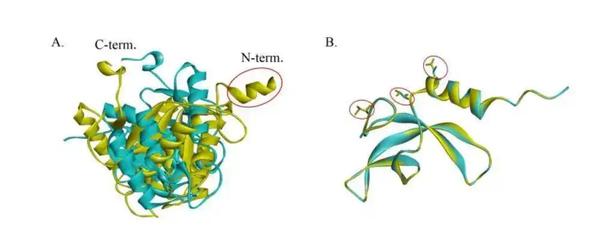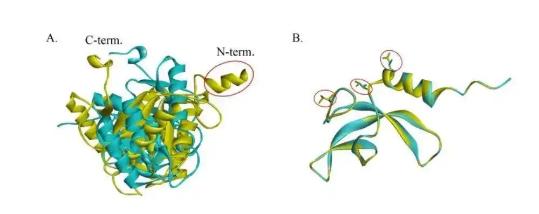New microbe found aboard Tiangong

(Photo/CCTV)
China's Tiangong space station has enabled researchers to achieve a series of scientific and technological breakthroughs since its completion two and a half years ago. In the latest development, Chinese scientists have identified a new bacterial strain aboard the orbital outpost.
The novel microbe, officially named Niallia tiangongensis, was collected by astronauts inside the space station in May 2023 during the Shenzhou XV mission, according to the China Manned Space Agency.
Astronauts used sterile wipes to gather samples from interior surfaces and placed them in low-temperature storage before returning them to Earth for genomic and metabolic analysis.
Following high-resolution imaging, whole-genome sequencing and phylogenetic comparison, researchers determined the strain belongs to the genus Niallia within the family Cytobacillaceae, but is genetically distinct from its closest relatives on Earth.
The strain demonstrates a notable ability to survive the extreme environment aboard Tiangong and appears more effective at repairing damage from space radiation than similar bacteria found on Earth.
It marks the first time Chinese researchers have discovered a new species inside Tiangong. Their findings were published in the peer-reviewed International Journal of Systematic and Evolutionary Microbiology.
"Understanding the characteristics of microbes during long-term space missions is essential for safeguarding the health of astronauts and maintaining the functionality of spacecraft," the authors wrote. The research is part of the China Space Station Habitation Area Microbiome Program.
The discovery is expected to support improvements in microbial control strategies for future spaceflights, contributing to a safer environment for astronauts and longer-lasting spacecraft. It may also have applications in agriculture, industry and medicine, the agency said.
Thanks to Tiangong, Chinese scientists have already reported multiple world-class achievements, including the development of the first germplasm resources of rice and ratoon rice in space; the first human embryonic stem cells differentiated into hematopoietic stem and precursor cells in orbit; the world's first cold atom interference gyroscope in space microgravity; the first high-throughput in-orbit microbial control test platform; and the longest operation of a space-based water ecosystem.
As of Dec 1, a total of 181 science and technology projects had been conducted aboard Tiangong, with nearly 2 metric tons of mission necessities delivered to the Tiangong, and nearly 100 types of experimental samples and 300 trillion bytes of data returned to Earth, according to a white paper released by the agency in December.

